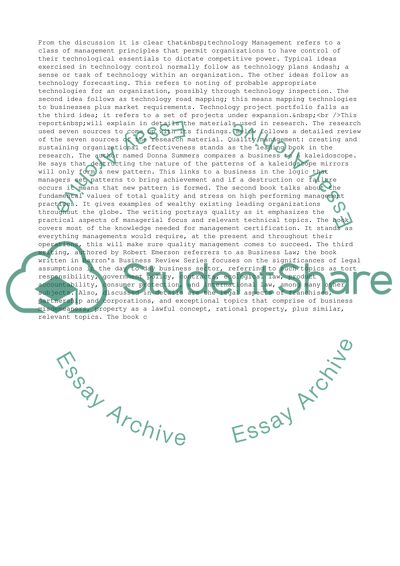Cite this document
(“Quality Leadership and the Technology Manager Research Paper”, n.d.)
Quality Leadership and the Technology Manager Research Paper. Retrieved from https://studentshare.org/management/1447326-quality-leadership-and-the-technology-manager
Quality Leadership and the Technology Manager Research Paper. Retrieved from https://studentshare.org/management/1447326-quality-leadership-and-the-technology-manager
(Quality Leadership and the Technology Manager Research Paper)
Quality Leadership and the Technology Manager Research Paper. https://studentshare.org/management/1447326-quality-leadership-and-the-technology-manager.
Quality Leadership and the Technology Manager Research Paper. https://studentshare.org/management/1447326-quality-leadership-and-the-technology-manager.
“Quality Leadership and the Technology Manager Research Paper”, n.d. https://studentshare.org/management/1447326-quality-leadership-and-the-technology-manager.


